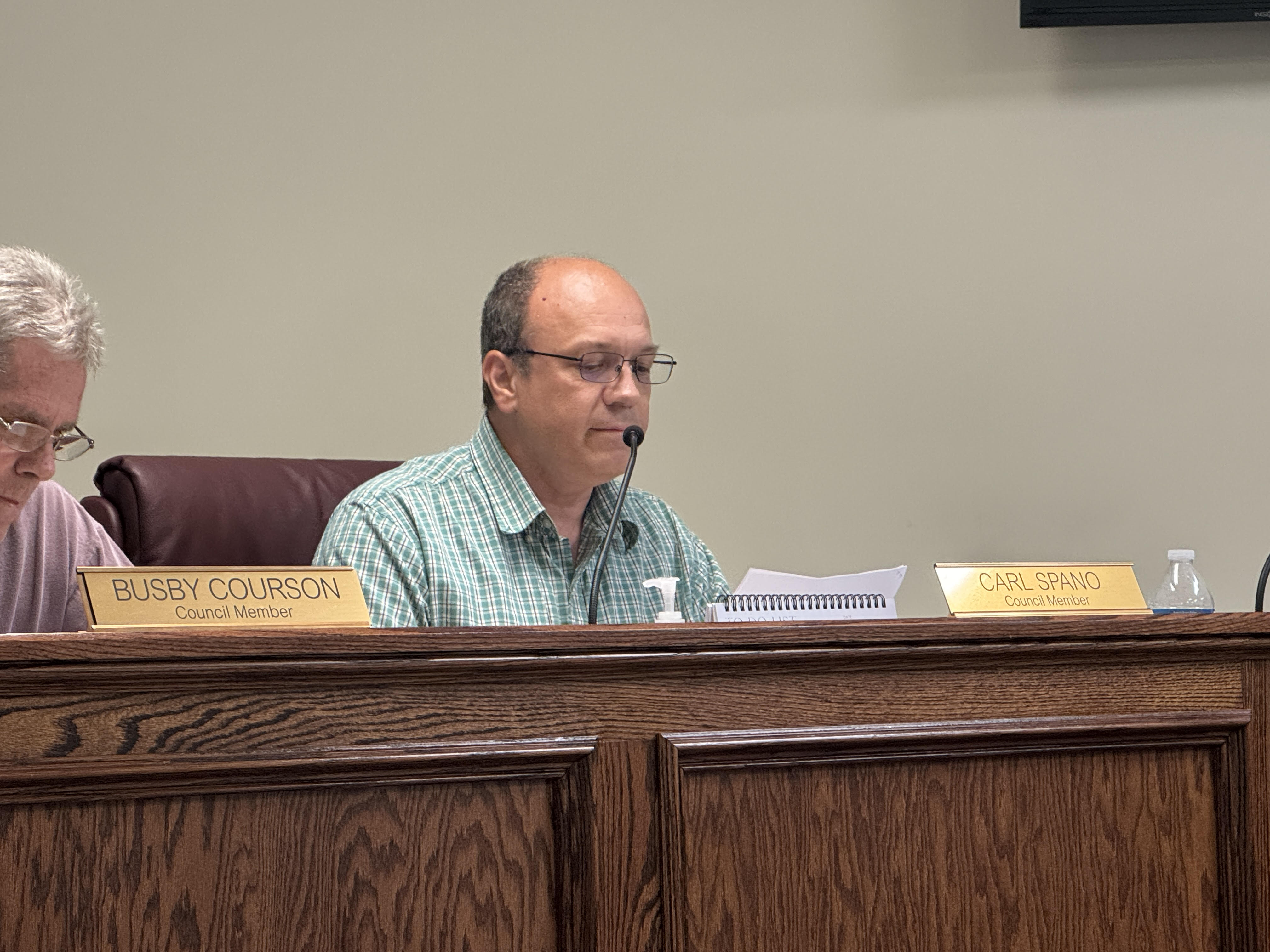PRICE: Hypoxylon canker harms oaks
Published 2:00 pm Saturday, August 15, 2020
Many things can contribute to the decline of oak trees. Trees do not live forever and like people, stresses make them more susceptible to insects and disease. One disease that commonly kills oaks is a fungus called Hypoxylon atropunctatum.
In my observation, the disease appears more frequently on water oaks and laurel oaks.
Hypoxylon canker is usually seen in oak trees that have been drought stressed or suffered construction damage. One pass over tree roots with heavy equipment or piling soil around the tree roots can damage roots. The fungus can bring a relatively quick end to stressed oaks.
The fungus is thought to enter oak trees through wounds where it travels to the sapwood causing decay. The first outward sign is yellowing and wilting of leaves and dying branches. This can be at the top of the tree or individual limbs.
Research has found that the fungus can be present in oak trees that show no symptoms, which leads to the conclusion that when trees are stressed, the fungus can overcome the trees natural defenses.
Hypoxylon is not thought to be a primary killer of trees, but when the trees defenses are down the fungus can take over.
After part of the tree dies, the outer bark sloughs off revealing a smoother looking layer of bark which is actually a mat of fungal structures which are packed together. At first, this mat of fungal structures, which is called a stroma, is brownish in color. This is usually noticed in spring or early summer.
By mid summer or fall, the stroma takes on a silver color and later turns black. The stroma will become thicker and harden which makes it look like tree bark. Large oak trees may die within one or two years after being infected.
In mid summer to fall, spores produced within the stoma are ready to spread and infect surrounding oaks. The spores are spread through wind, splashing rain and probably by insects and mammals. Once infected, stressed trees may show symptoms by the following spring.
In a home situation, infected trees should be cut down to ground level. The trunk and branches should be burned. If you leave a stump the fungus can continue to develop on the stump and produce spores which can infect other trees.
The best defense against Hypoxylon is to keep your oak trees healthy and as stress free as possible. This means watering your trees during times of drought and make sure they have enough nutrients. Refrain from any activities that may damage tree roots. Soil tests can determine whether or not you should fertilize your trees or adjust the pH around them.
Jake Price is the University of Georgia extension agent/coordinator, Lowndes County. More information: Call (229) 333-5185, or email jprice@uga.edu.





